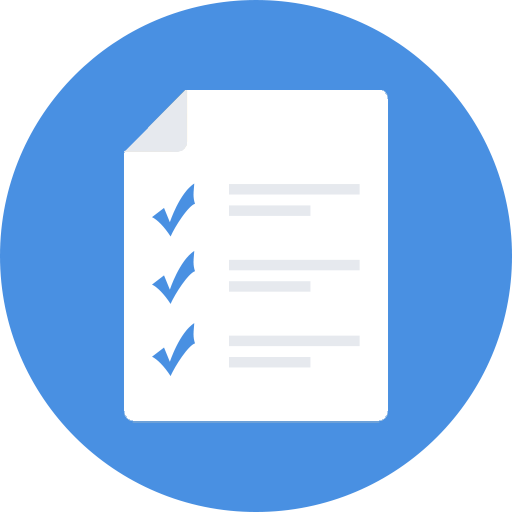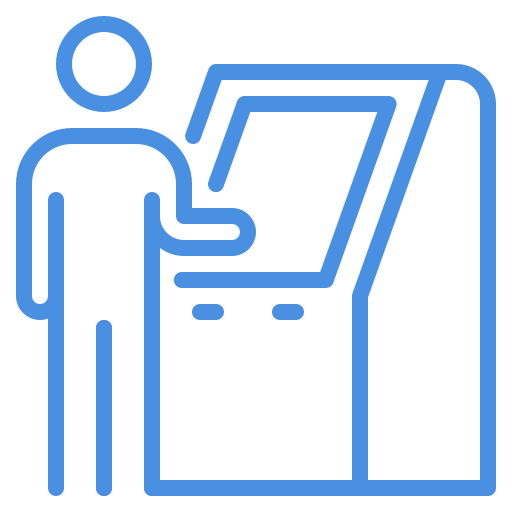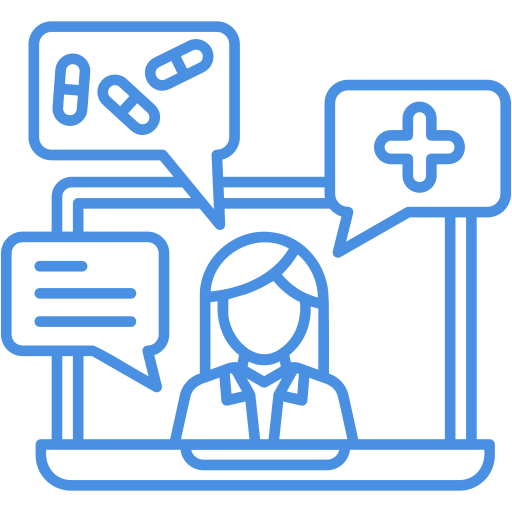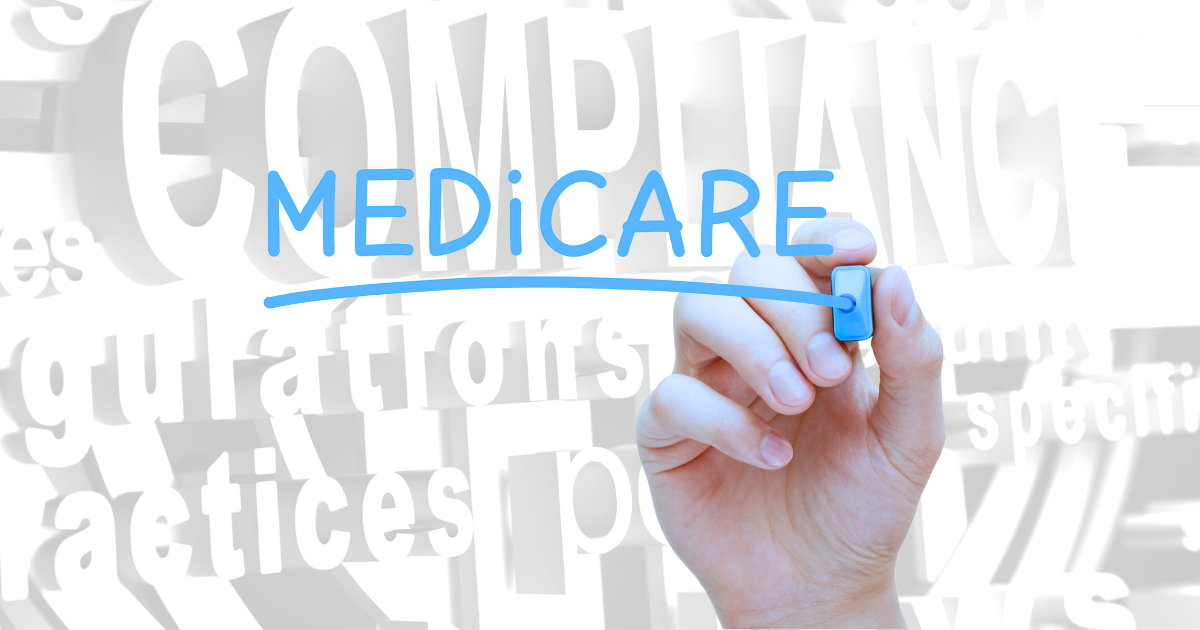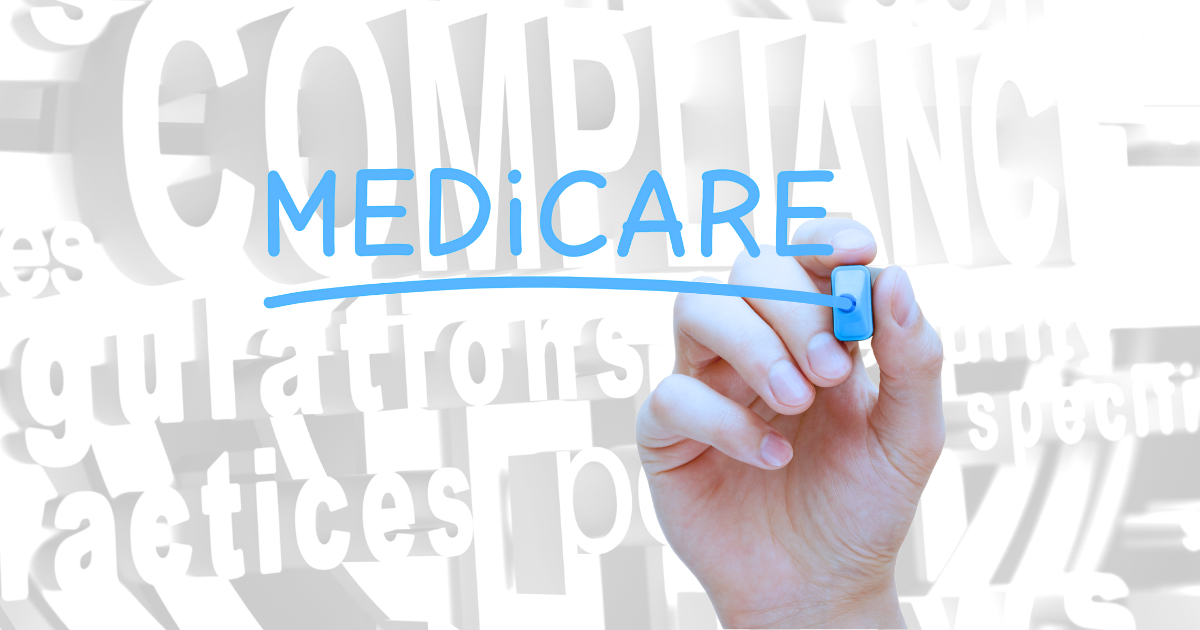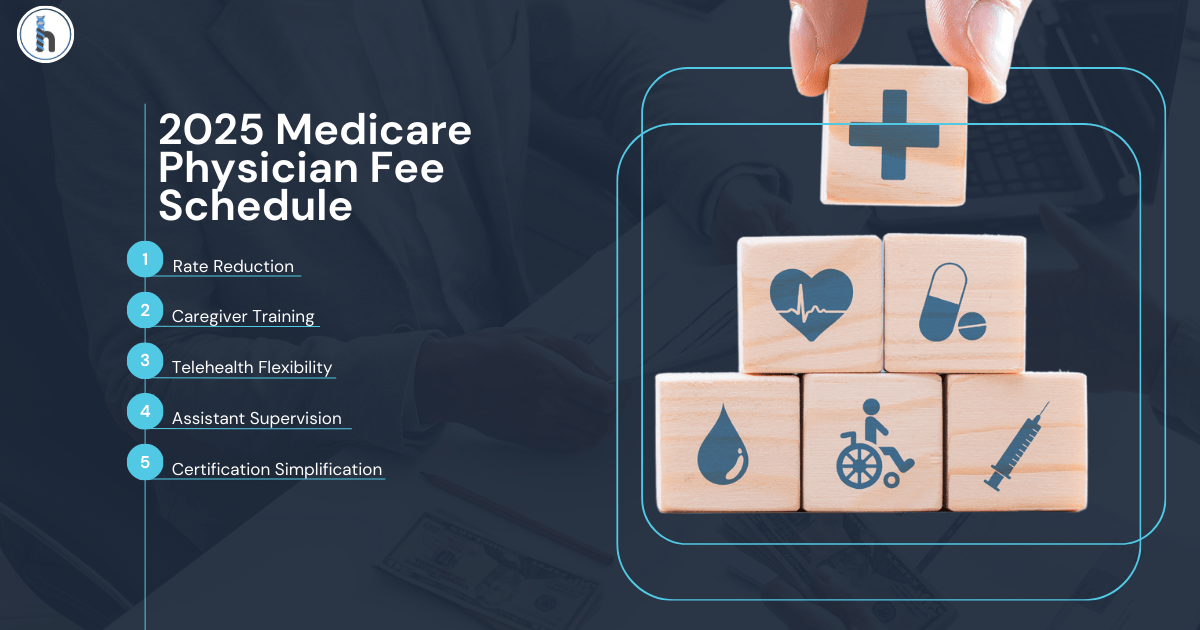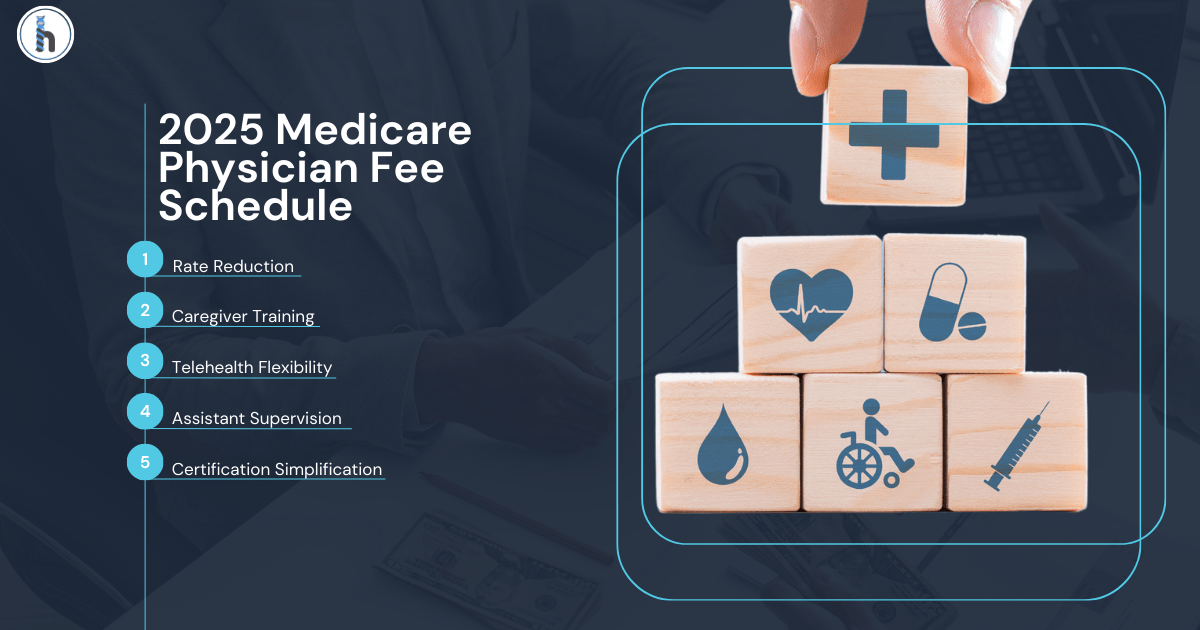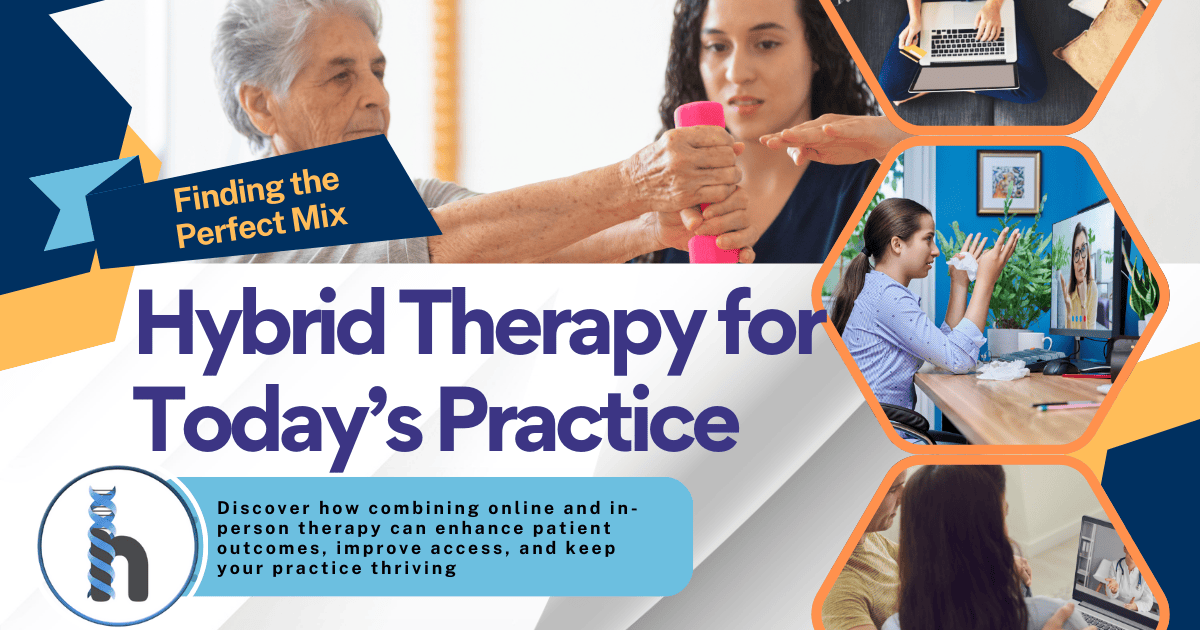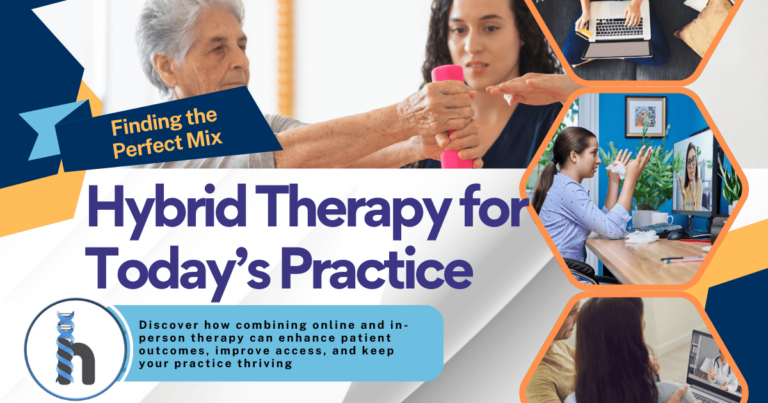Team Collaboration for Cohesive Clinic Culture & Patient Outcomes
Understand how team collaboration boosts clinic culture and enhances patient outcomes by improving communication and teamwork among healthcare professionals.

A successful clinic doesn’t just depend on the skill of its clinicians or the efficiency of its administrative staff—it thrives when both teams work in sync, focused on delivering excellent patient care. Yet, bringing clinical and administrative teams together under a shared mission can be challenging. Clinicians are deeply involved in patient treatment and outcomes, while administrative staff manage the scheduling, billing, and operational details that keep the clinic running smoothly. With each team juggling its own responsibilities, misunderstandings and competing priorities can arise, potentially affecting both workflow and patient experience.
Building a culture that unites clinical and administrative goals around patient-centered care takes intention and effort. By fostering collaboration, aligning on values, and creating open channels for communication, clinic owners can create a cohesive environment where both teams support each other and, ultimately, improve outcomes for every patient who walks through the door.
In here, we’ll explore the common challenges clinics face in uniting clinical and administrative teams, along with actionable strategies for building a shared vision that centers on patient care.
1. Understanding Common Challenges: Recognizing Points of Misalignment
Before diving into strategies, it’s important to recognize where disconnection often happens between clinical and administrative teams. Each group has distinct objectives that can create tension without careful alignment.
- Different Priorities: Clinicians are focused on patient care, clinical outcomes, and treatment quality, while administrative staff often concentrate on scheduling efficiency, billing accuracy, and clinic productivity. Without understanding each other’s goals, each team may feel that its priorities are being overlooked, which can lead to frustration.
- Communication Barriers: Clinics can be busy and fast-paced, which can make regular communication difficult. Clinicians may not fully understand administrative workflows, while front-desk staff may not grasp the time and attention needed for certain treatments. Without ongoing communication, teams may feel isolated from one another.
- Lack of a Shared Vision: Without a unified purpose, staff may focus only on their own roles rather than working toward a common goal. When both teams understand how they contribute to the clinic’s mission, collaboration becomes more natural, and patient care improves.
Recognizing these challenges helps clinic owners create a culture where both teams feel valued and aligned with shared goals.
2. Defining a Clear Mission: Establishing a Foundation
The first step in creating a cohesive culture is establishing a patient-centered mission that resonates with both clinical and administrative staff. A clear mission connects everyone’s work to the clinic’s larger purpose.
- Craft a Meaningful Mission Statement: Your mission should emphasize quality care, compassion, and patient empowerment. For example, “Our mission is to help patients achieve their health goals through compassionate, team-based care.” The statement should be clear, easy to remember, and relevant to everyone in the clinic.
- Involve Teams in Defining Core Values: Bring both teams together to discuss and define clinic values, such as empathy, respect, teamwork, and continuous improvement. When values are developed collaboratively, they feel more personal and authentic, making them easier to uphold.
- Incorporate the Mission in Daily Operations: Display the mission and values throughout the clinic and reference them in team meetings, performance reviews, and interactions with patients. This reinforces the message that each team’s work is connected to a common purpose.
3. Enhancing Communication
Good communication is essential for building alignment and keeping everyone in the loop. Strong communication channels allow clinical and administrative teams to understand each other’s roles and work better together.
- Hold Regular Team Meetings: Schedule weekly or biweekly meetings that include both clinical and administrative staff to discuss schedules, patient needs, and any operational issues. These meetings foster understanding and give each team a chance to express its concerns and insights.
- Collaborate on Problem Solving: For clinic-wide issues like long wait times or scheduling conflicts, bring both teams together to find solutions. Collaborative problem-solving helps improve workflows and promotes teamwork, as each team can see the value of the other’s perspective.
- Establish Clear Communication Channels: Define specific communication channels for daily interactions, such as shared email groups or instant messaging platforms. A centralized EMR system like HelloNote can also streamline communication by giving both teams access to documentation, scheduling, and patient information in one place.
4. Fostering Mutual Respect and Understanding
For a clinic culture to thrive, both teams need to respect and appreciate each other’s contributions. Each role is essential and understanding that helps foster empathy and collaboration.
- Encourage Cross-Training: Cross-training enables both teams to understand each other’s roles. For instance, administrative staff can observe a therapy session to see how treatments unfold, and clinicians can learn about billing or scheduling workflows. This builds mutual understanding and helps teams see how they support each other.
- Celebrate Team Successes: Regularly acknowledge and celebrate the achievements of both clinical and administrative staff. Whether it’s a patient recovery milestone or a billing milestone, recognizing achievements fosters camaraderie and reinforces each team’s value to the clinic.
5. Leveraging Technology to Bridge Teams
Technology can help bridge the gap between clinical and administrative workflows. When both teams have access to the right tools, they can focus more on patient care and less on manual tasks.
- Use an Integrated EMR System: A comprehensive EMR system like HelloNote allows both teams to access relevant patient information in one place. Clinicians can view treatment notes, and administrative staff can manage billing and scheduling. This centralized system minimizes miscommunication and provides both teams with the data they need.
- Automate Routine Tasks: Automating repetitive tasks such as appointment reminders and billing can free up time for both teams to focus on patient interactions and meaningful teamwork.
6. Creating a Culture of Continuous Improvement
Building a cohesive culture is an ongoing effort that requires regular evaluation and adjustments.
- Host Feedback Sessions: Schedule quarterly feedback sessions where both teams can discuss what’s working well and areas for improvement. This creates a space for open communication and allows issues to be addressed before they escalate.
- Offer Professional Development: Provide opportunities for growth and learning that support the clinic’s mission and values. Training sessions or workshops for both teams reinforce skills and foster a collaborative culture.
Final Thoughts
Aligning clinical and administrative teams around a shared mission and purpose is essential for a clinic’s success. By establishing a clear mission, encouraging open communication, fostering mutual respect, and using the right tools, clinic owners can build a cohesive, patient-centered culture that supports exceptional care and operational efficiency.
Ready to streamline operations and improve collaboration between your clinical and administrative teams? HelloNote’s EMR system is designed to support a unified, patient-centered approach, making it easy to manage documentation, scheduling, and billing in one place. Contact us to learn how HelloNote can enhance teamwork, optimize operations, and improve patient outcomes.

